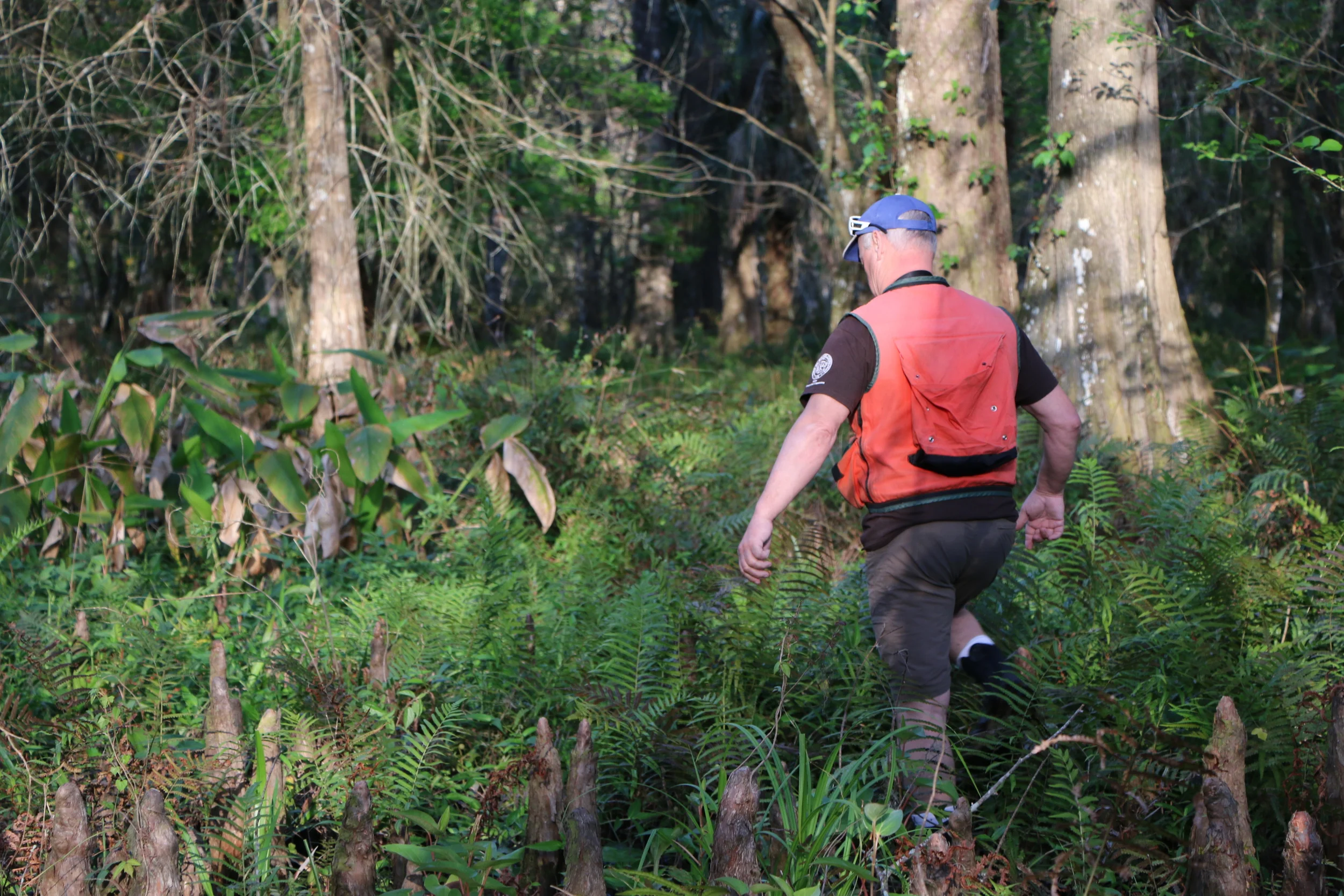Does this look familiar?
With the coming spring, it is almost time to begin treatment for Winter Moth!
Winter moth is a fairly new invasive insect to Rhode Island. The larvae stage will eat the young leaves of trees as the leaves are emerging from the buds in spring, causing defoliation and possible tree death. Many deciduous plants are hosts for the winter moth including oak, beech, maple, basswood, white elm, crab apple, apple, blueberry, and cherry. It is important to treat for the pest early as the damage is done while the buds are breaking. In the spring, you may see the tiny green larvae of the insect and the moths will emerge in late fall. Oil treatment should begin in the very late winter/early spring, when temperatures are above 45° F.
History
Winter Moths were originally introduced to North America from Europe in Nova Scotia sometime prior to 1950. They exist throughout Europe, but they are not a problem there because of the robust community of predators and parasites that keep them check. However, this is not the case in North America and Southern New England.
Integrative Pest Management (IPM)
Treatment for Winter Moth will begin in the late winter or early spring, depending upon temperatures. (Very soon!) Contact us for a free evaluation and to get on our pest treatment list. We are using environmentally friendly and safe biological control to protect your green assets!


